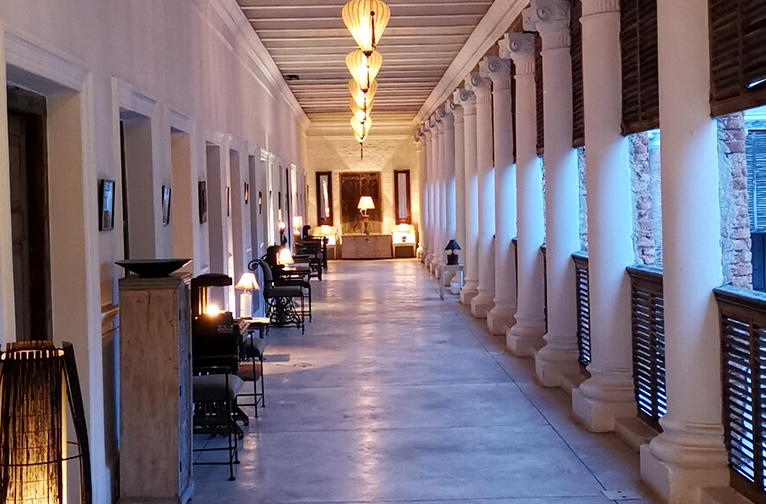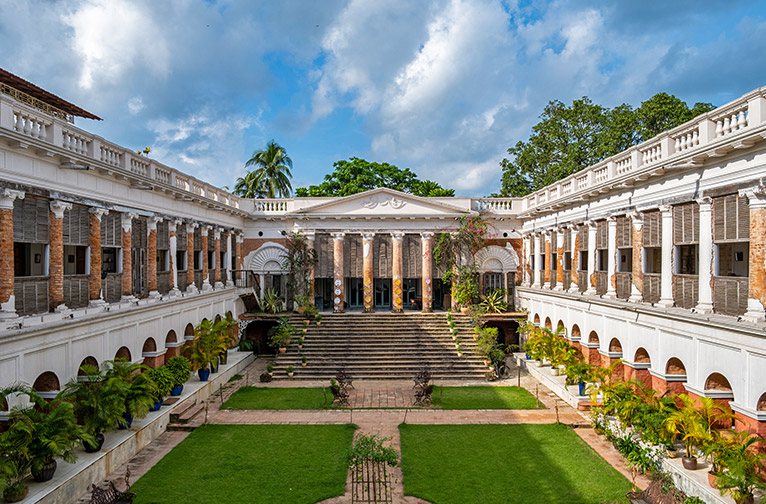Exploring the monumental and cultural legacy of Kolkata should be one of the highlights of your engagement with the erstwhile capital of the British Rule in India.
An irresistible part of this legacy is the socio-cultural ethos spread over three centuries. The dazzling dynamics of the India-British connection is particularly rewarding when you join the dots of the men, and women, of power and vision who shaped Kolkata. It’s interesting to note how they took on the posturing of the ‘Second city of the Empire’ which resonated with the stamp of this imperial imperative in those volatile times.
‘White man rules’ could not have been more blatantly endorsed than the splitting up of the city into clearly defined areas — White Town for the Brits and the Europeans, and Black Town, in North Kolkata, for the ‘natives’, the Bengalis.
There was nothing really new about such segregations. The Brits had been doing this often enough in many of their colonies, where the natives were confined to a version of the ‘Black Town’, while their imperialistic masters lived a life of privilege in their ‘White Town’.
But the Bengalis being fiercely proud of their ancestry, their religion and their cultural roots, were not a race to take this discrimination lying down. They just turned around and did exactly what they had to, to protect their identity as a vigorous example of the ‘native’ spirit which will not be cowed down by any kind of imperial posturing.
They embraced this identity with even more enthusiasm by reconstructing their world with the sheen of their heritage and culture and business activities. These formed the core of the deep influences that shaped its cultural, political, artistic and literary movements.
The Bhadralok or Bengali Babu formed an elitist segment of Calcutta’s social milieu. It was a step up for those amongst them who had been of assistance and service to the British in establishing their rule in India. Many affluent Bengali babus rose to become men of great wealth and prestige in Black Town. They revelled in their status as the elites of Bengali society. Their demeanour and aesthetic sense set them apart from the other gentry of Black Town. They were sophisticated and genteel and spent their days in pursuit of a cultured life. Their dress was a mix of Indian and Western wear. They built beautifully extravagant luxury villas and gardens; they organized musical soirees and plays; they were the connoisseurs of the arts and luxe living.


Amongst the palatial villas to be found here are Rajbari, home of Raja Nabakrishna Deb of Shobha Bazaar, the first known babu of Kolkata, and believed to have been quite close to Lord Clive. Then there was Jorasanko, the childhood home of Bengali poet laureate and Nobel Prize winner Rabindranath Tagore and the Bengali merchant prince Raja Rajendra Mullick’s Marble Place. Even today their villas and mansions are something to talk about.
Festivals such as Durga Puja were celebrated even more keenly with every ancestral ritual in place. Black Town evolved into such an amazing cultural hub, even the English ‘Laat Sahibs’ could not resist an invite to one of its festivals, weddings or other such vibrant cultural events.
It must have been enthralling to witness the unveiling of the launch of the Bengali Renaissance, for which Black Town was the nerve centre of all these exciting developments in the arts and literature. The movement was kicked off by the Bhadralok in the late 18th to mid-20th century, and in its wake came a socio-political awakening across a wide spectrum of domains. Prominent bhadralok in these rocking times were the likes of Rabindranath Tagore.
A visit to Jorasanko Thakur Bari, Tagore’s birthplace and home over the years, is an eye opener for the restive times. The heritage site marks the advent of the cultural and literary renaissance of Bengal. The house itself was constructed in the late 19th century by his grandfather, Prince Dwarkanath Tagore, who was a leading business baron in those times. Rabindranath grew up here with his brothers Gaganendranath and Abanindranath Tagore, the founders of Bengal School of Art.
The contributions of the Tagore family to the movement are well documented. Rabindranath himself was to become a Poet Laureate in 1913; he was the first non-European Nobel laureate in Literature. The beautiful house, where he was born and spent a lot of time composing his many works, serves as a museum now; it is part of the Rabindra Bharati University campus, a centre for Indian Classical Fine Arts and quality education.
The Tagore family was associated with business and commerce, as well as with the Brahmo Samaj, the Bengal Renaissance, and the Bengal School of Art. Jorasanko Thakur Bari was a bustling hub of creativity and culture, and witnessed many comings and goings of the top-notch men and women involved in the movement, which played an integral role in shaping modern India.
The main building, named Maharshi Bhavan after Rabindranath’s father Maharshi Devendranath Tagore, houses the museum itself. You can spend hours browsing through the eclectic collection on display, which includes manuscripts, photographs, rare artifacts, and personal belongings of the Tagore family including members such as Prince Dwarakanath, Debendranath, Abanindranath, Gaganendranath. The museum offers a lovely opportunity to mingle with artists and art lovers from all over the world.
The museum houses a collection of 2071 books, 770 journals, 16 paintings, 3297 photographs, 27 crafts and sculptures, 208 personalia and three pieces of furniture. Forty original paintings by Tagore and his notebooks are on display which were acquired by the Government of West Bengal from the Tagore family.
The collection reflects many insights into the Tagore family culture, their involvement in the Bengal Renaissance, the stake they had in the country’s cultural legacy and the role they assayed in India's freedom struggle.
You can also take a peek into Rabindranath’s room, where he stayed during his Kolkata visits and where he breathed his last; it has been preserved in the manner in which it was on his last day in 1941. If you go to the back of the mansion you’ll see on display Rabindranath’s Humber Car in the yard.
Wandering around the three galleries at the museum which are all dedicated to Tagore, other eminent members of the Tagore family and the Bengal Renaissance, you will have much to reflect on as you recall the volatile changes emerging in the British India landscape in the late 19th century. On your next visit to Kolkata, you should go explore the principal monuments of White Town.